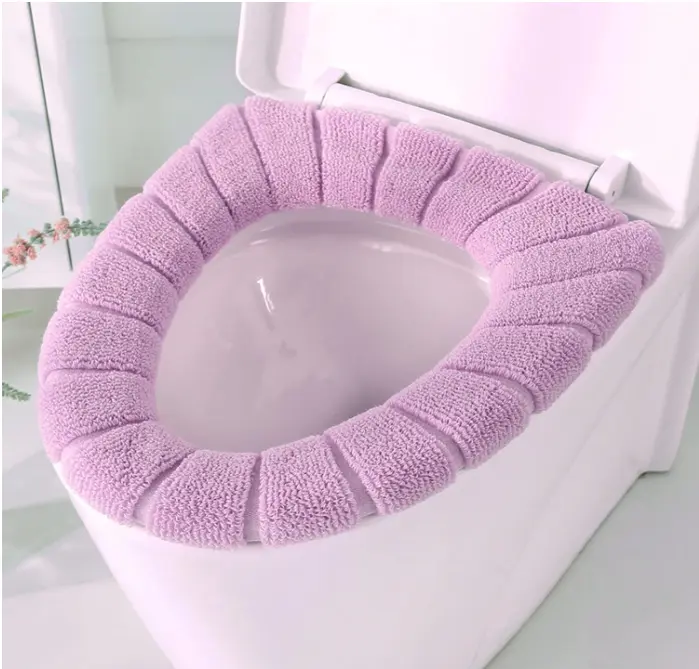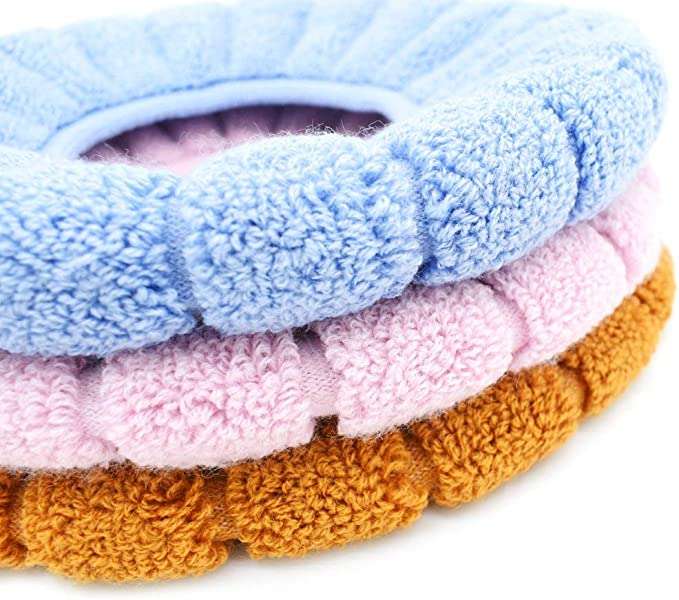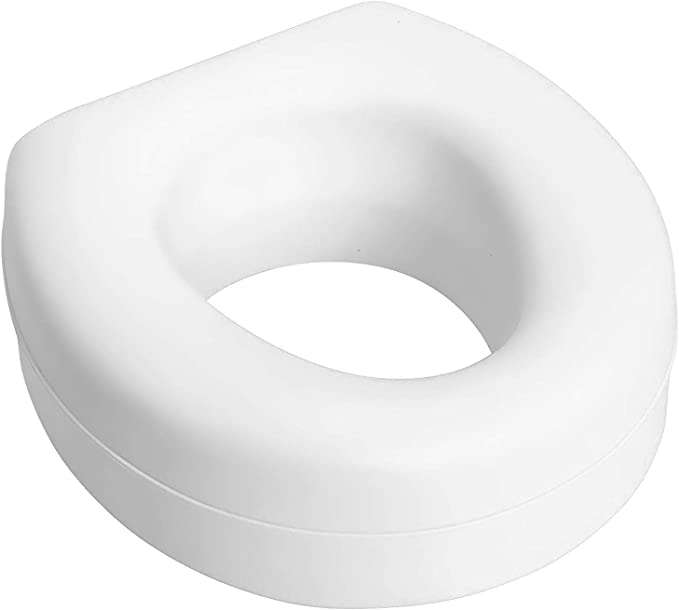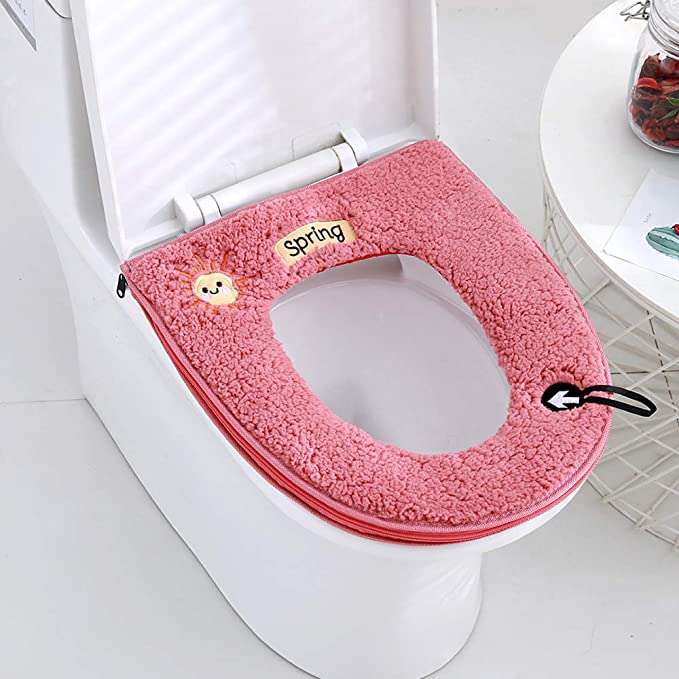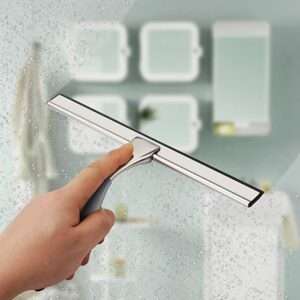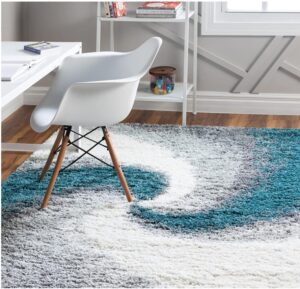
Say, No more cold toilet seats!
These toilet cushion seats are very comfy wonderful feel and impressive appearance.
I assure you, you’ll definitely love its comfort and super softness. Definitely worth the money, great for winter time.
Stuffminer has researched more 7 days to pick the best cover pads that gives you super comfort and hygenic feel.
It’ll never be faded or tear after many washes. Very easy to install, clean and wash.
Top 5 Toilet Cushion Seats
Experience comfort like never before with the ZeeDix Toilet Seat Cushion! This cushion provides extra cushioning to your toilet seat, making prolonged periods of use much more comfortable. Made with high-quality materials, it’s durable, easy to install, and will complement any bathroom decor. Upgrade your bathroom with the ZeeDix Toilet Seat Cushion and enjoy a comfortable and stylish space!
Add comfort and style to your bathroom with the WDSHCR Toilet Seat Cushion! This cushion provides extra padding to your toilet seat, making extended periods of use much more comfortable. Made with high-quality materials, it’s durable, easy to install, and will complement any bathroom decor. Upgrade your bathroom experience with the WDSHCR Toilet Seat Cushion!
Transform your bathroom experience with the Guojanfon Toilet Seat Cushion! This cushion provides extra comfort to your toilet seat, making extended periods of use much more pleasant. Made with high-quality materials, it’s durable, easy to install, and will complement any bathroom decor. Upgrade your bathroom with the Guojanfon Toilet Seat Cushion and enjoy a comfortable and stylish space!
HealthSmart Toilet Seat Cushion is the ultimate solution for comfort and hygiene. Made with soft, waterproof material, it provides a plush and comfortable surface for your skin. The cushion fits standard toilets and is easy to install, making it a great addition to any bathroom. Say goodbye to cold, hard toilet seats and hello to a more comfortable and hygienic experience with HealthSmart.
The Renashed Toilet Seat Cushion offers comfort and hygiene for your bathroom routine. Made with soft and durable materials, this cushion reduces the impact of hard toilet seats on your body. Easy to install and clean, it also helps to keep your bathroom germ-free. Upgrade your toilet seat and make every visit to the bathroom a more enjoyable experience with Renashed.
Frequently Asked Questions & Answers!
There are several ways to make your toilet seat more comfortable:
Use a cushion
Upgrade to a cushioned seat
Use a seat cover
Adjust the temperature
Clean and maintain the seat
Here are the steps:
Clean the toilet seat
Place the cushion on the seat
Adjust the fit
Test the fit
People buy padded toilet seats for several reasons:
-
Comfort
-
Pressure relie
-
Health reasons
-
Aesthetics
-
Noise reduction
Yes, it is generally safe to sit on a toilet seat. Toilet seats are designed to support the weight of a person sitting on them, and they are made from materials that can withstand regular use.
Yes, it is safe and hygienic to sit on a toilet seat. To minimize the risk of germs or bacteria, it’s important to practice good hygiene by cleaning the seat before use and washing your hands thoroughly afterward.
It is generally not recommended to sit on a toilet floor, as it is an unsanitary surface that can harbor germs and bacteria.
It’s important for both partners to practice good bathroom etiquette and consider each other’s needs and preferences.
No, not all toilet seats fit the same. Toilet seats come in a variety of shapes and sizes, and the shape and size of the toilet bowl can also vary.
To determine the size of your toilet seat, you will need to measure the length and width of the toilet bowl.
Both types of seats are durable and easy to clean, and both come in a variety of colors and designs to match your bathroom decor.
To make a toilet seat stable, follow these steps:
Tighten the bolts
Check the hinge pins
Replace the bumpers
Use a stabilizing kit
Keep your feet on the floor and your back straight. When finished, wipe thoroughly and stand up carefully, making sure to flush the toilet.
- Tighten the bolts
- Check the hinge pins
- Replace the bumpers
- Use a stabilizing kit
- Replace the seat
There could be a few reasons.
Loose bolts
Worn hinge pins
Damaged bumpers
Improper installation
Uneven bowl
It is generally recommended to limit your time on the toilet to 10-15 minutes. Prolonged sitting on the toilet can cause pressure on the rectum, leading to hemorrhoids, constipation, or other digestive issues.
Yes, your toilet should sit flush on the floor.:
Uneven flooring
Loose bolts
Damaged wax ring
There are two main positions that are commonly recommended:
Squatting position
Sitting position

